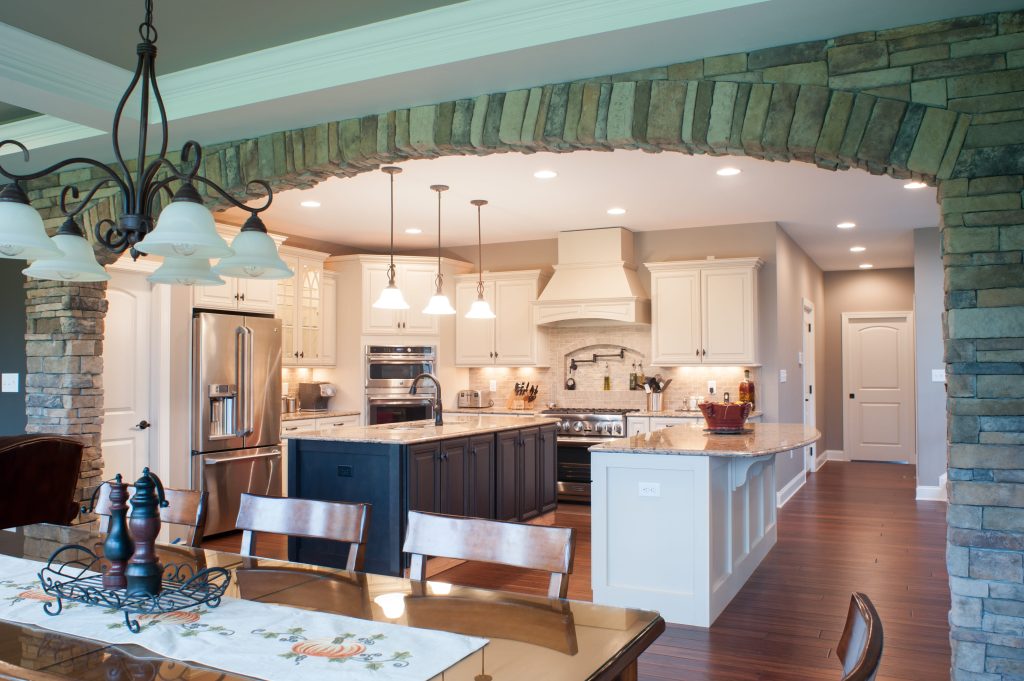Productivity is a basic part of freight logistics, as it straightforwardly influences the expense viability and seriousness of organizations working in this industry. One way to deal with amplifying productivity is by carrying out lean standards, which have been broadly embraced across different areas to smooth out processes and wipe out squander. By incorporating incline standards toward freight logistics tasks organizations can upgrade their work processes, lessen costs and further develop consumer loyalty. Lean standards center around distinguishing and taking out squander in the entirety of its structures. In freight logistics, waste can appear in more than one way, including extreme stock, wasteful transportation courses, holding up times and overproduction. By leading a careful investigation of the whole production network organizations can distinguish regions where waste happens and go to suitable lengths to dispense with or limit it.
One of the center ideas of lean standards is in the nick of time (JIT) delivery. This approach includes conveying merchandise and materials precisely when they are required, decreasing stock holding costs and the gamble of stock oldness. By intently teaming up with providers and utilizing constant information, logistics suppliers can guarantee that shipments show up exactly when they are required, enhancing extra room and lessening the general expense of conveying stock. One more lean rule that can improve proficiency in Ernest logistics is esteem stream planning (VSM). VSM includes imagining the whole logistics process, from the beginning to the last objective and distinguishing areas of progress. By investigating the progression of materials, data and assets organizations can recognize bottlenecks, redundancies and non-esteem added exercises. This permits them to reconfigure processes, pulling contract smooth out activities and assigns assets all the more actually, bringing about better effectiveness and decreased lead times. The execution of normalized work systems is one more pivotal part of lean logistics. By creating normalized working systems organizations can dispose of varieties and guarantee that errands are performed reliably and productively. Normalization likewise empowers simpler preparation of new workers, decreases mistakes and works with nonstop improvement endeavors. By routinely exploring and refining standard work strategies, logistics suppliers can recognize regions for enhancement and drive progressing effectiveness gains.
Moreover, lean logistics stresses consistent improvement through worker commitment and strengthening. By cultivating a culture of constant improvement organizations urge their workers to recognize and carry out process upgrades. Normal correspondence, preparing and acknowledgment of representatives’ commitments to productivity gains are key components in establishing a lean-situated workplace. All in all, applying lean standards in freight logistics can essentially upgrade proficiency and drive cost reserve funds. By taking out squander, embracing a without a moment to spare methodology, utilizing esteem stream planning, carrying out normalized work systems and encouraging a culture of constant improvement organizations can smooth out their tasks, lessen costs and further develop consumer loyalty. Embracing lean standards in freight logistics is a continuous excursion that requires a guarantee to greatness and an eagerness to rock the boat; however the compensations as far as productivity and seriousness make it a beneficial undertaking.

